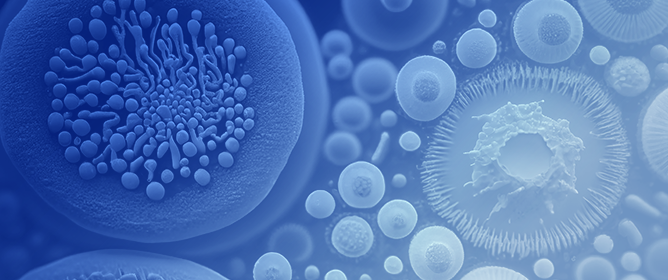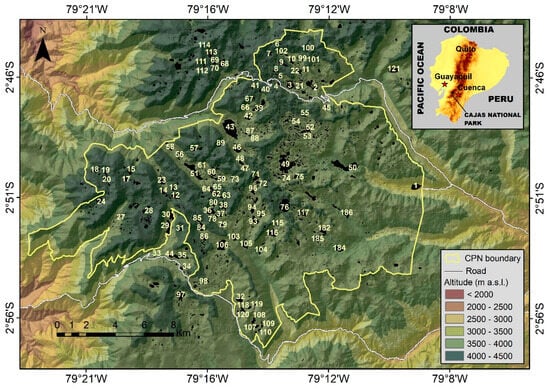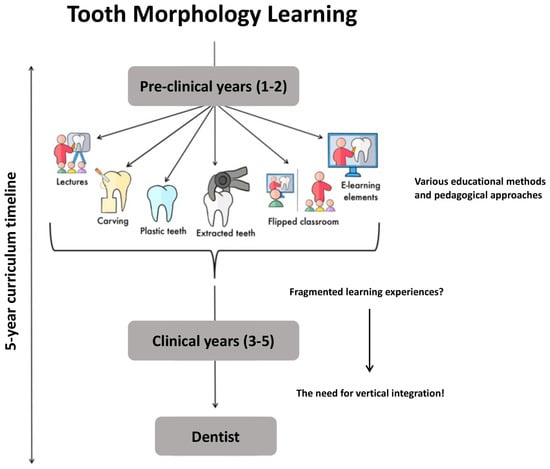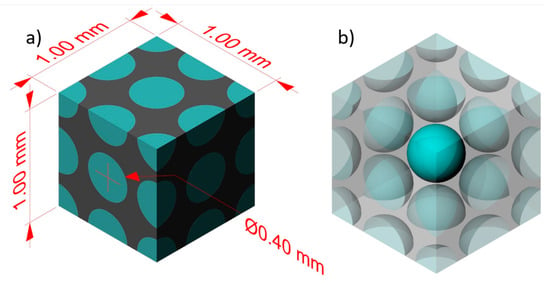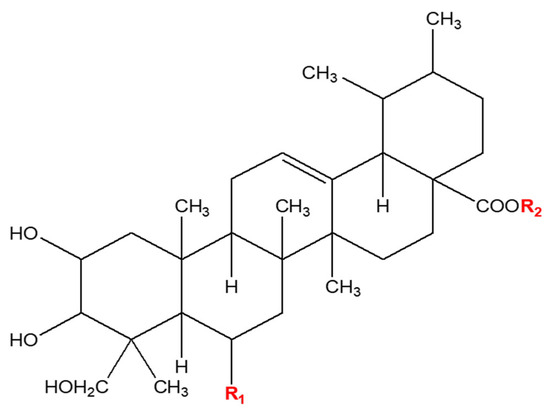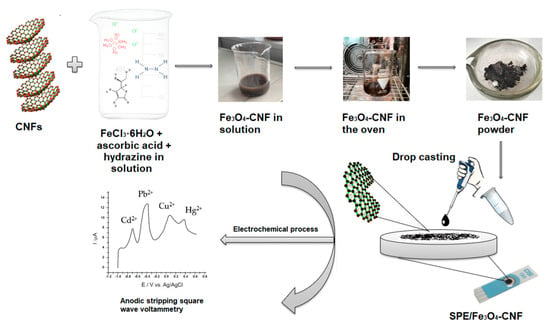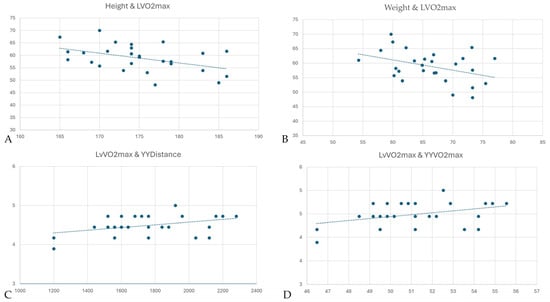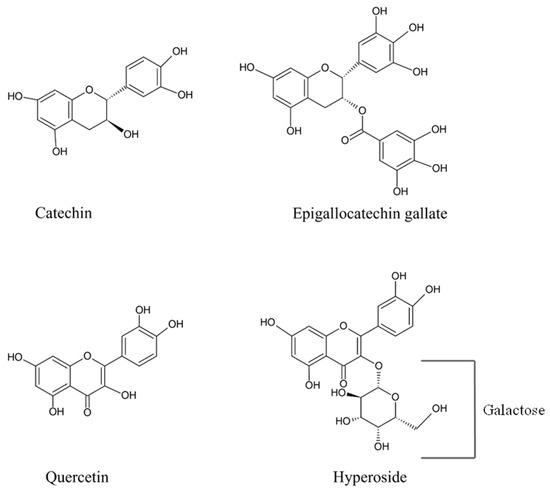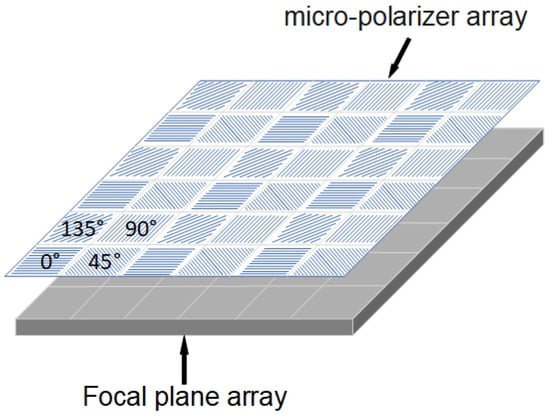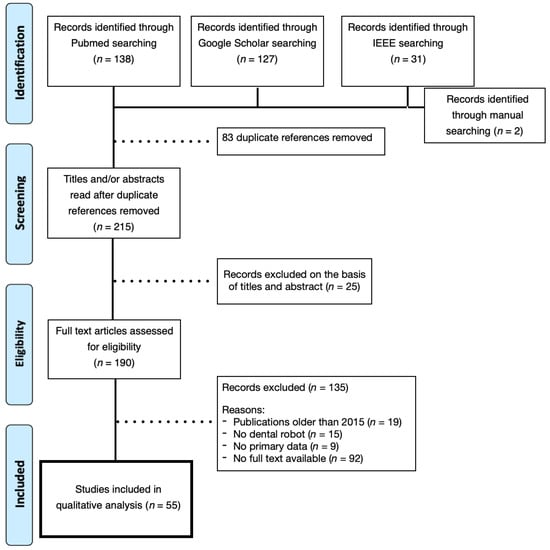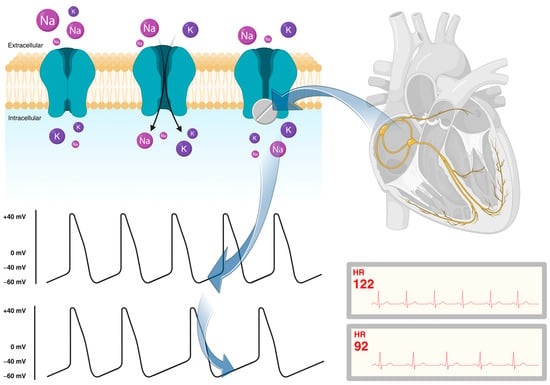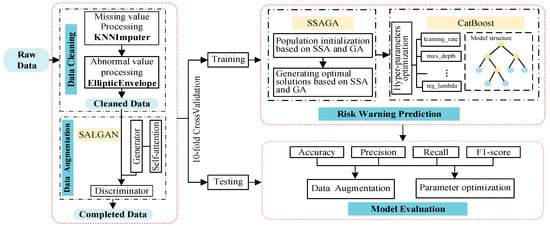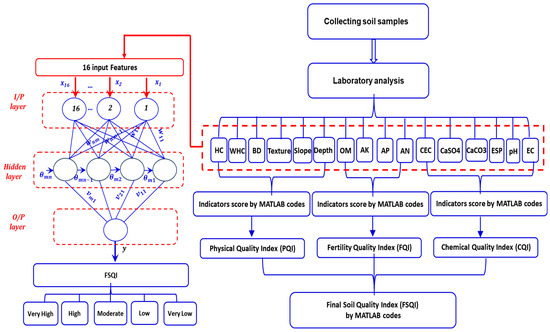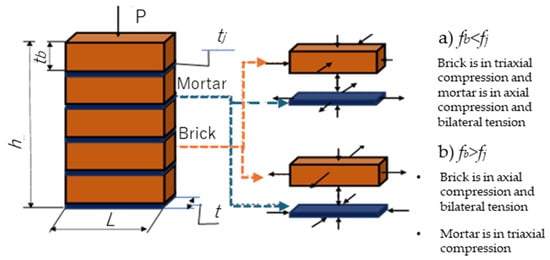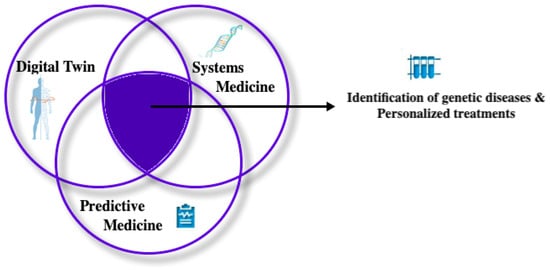Two electrochemical sensors were developed in this study, with their preparations using two nanomaterials with remarkable properties, namely, carbon nanofibers (CNF) modified with Fe
3O
4 nanoparticles and multilayer carbon nanotubes (MWCNT) modified with Fe
3O
4 nanoparticles. The modified screen-printed
[...] Read more.
Two electrochemical sensors were developed in this study, with their preparations using two nanomaterials with remarkable properties, namely, carbon nanofibers (CNF) modified with Fe
3O
4 nanoparticles and multilayer carbon nanotubes (MWCNT) modified with Fe
3O
4 nanoparticles. The modified screen-printed electrodes (SPE) were thus named SPE/Fe
3O
4-CNF and SPE/Fe
3O
4-MWCNT and were used for the simultaneous detection of heavy metals (Cd
2+, Pb
2+, Cu
2+ and Hg
2+). The sensors have been spectrometrically and electrochemically characterized. The limits of detection of the SPE/Fe
3O
4-CNF sensor were 0.0615 μM, 0.0154 μM, 0.0320 μM and 0.0148 μM for Cd
2+, Pb
2+, Cu
2+ and Hg
2+, respectively, and 0.2719 μM, 0.3187 μM, 1.0436 μM and 0.9076 μM in the case of the SPE/ Fe
3O
4-MWCNT sensor (following optimization of the working parameters). Due to the modifying material, the results showed superior performance for the SPE/Fe
3O
4-CNF sensor, with extended linearity ranges and detection limits in the nanomolar range, compared to those of the SPE/Fe
3O
4-MWCNT sensor. For the quantification of heavy metal ions Cd
2+, Pb
2+, Cu
2+ and Hg
2+ with the SPE/Fe
3O
4-CNF sensor from real samples, the standard addition method was used because the values obtained for the recovery tests were good. The analysis of surface water samples from the Danube River has shown that the obtained values are significantly lower than the maximum limits allowed according to the quality standards specified by the United States Environmental Protection Agency (USEPA) and those of the World Health Organization (WHO). This research provides a complementary method based on electrochemical sensors for in situ monitoring of surface water quality, representing a useful tool in environmental studies.
Full article
 IJMS
IMPACT
IJMS
IMPACT Applied Sciences
IMPACT
Applied Sciences
IMPACT Sustainability
IMPACT
Sustainability
IMPACT Sensors
IMPACT
Sensors
IMPACT JCM
IMPACT
JCM
IMPACT Energies
IMPACT
Energies
IMPACT Molecules
IMPACT
Molecules
IMPACT Materials
IMPACT
Materials
IMPACT Remote Sensing
IMPACT
Remote Sensing
IMPACT Cancers
IMPACT
Cancers
IMPACT Electronics
IMPACT
Electronics
IMPACT Mathematics
IMPACT
Mathematics
IMPACT Foods
IMPACT
Foods
IMPACT Buildings
IMPACT
Buildings
IMPACT Plants
IMPACT
Plants
IMPACT Nutrients
IMPACT
Nutrients
IMPACT Animals
IMPACT
Animals
IMPACT Polymers
IMPACT
Polymers
IMPACT Water
IMPACT
Water
IMPACT Diagnostics
IMPACT
Diagnostics
IMPACT Biomedicines
IMPACT
Biomedicines
IMPACT Agronomy
IMPACT
Agronomy
IMPACT Microorganisms
IMPACT
Microorganisms
IMPACT Processes
IMPACT
Processes
IMPACT Healthcare
IMPACT
Healthcare
IMPACT Forests
IMPACT
Forests
IMPACT Cells
IMPACT
Cells
IMPACT JMSE
IMPACT
JMSE
IMPACT Medicina
IMPACT
Medicina
IMPACT Viruses
IMPACT
Viruses
IMPACT Agriculture
IMPACT
Agriculture
IMPACT Nanomaterials
IMPACT
Nanomaterials
IMPACT IJERPH
IJERPH
 Land
IMPACT
Land
IMPACT Pharmaceutics
IMPACT
Pharmaceutics
IMPACT Pharmaceuticals
IMPACT
Pharmaceuticals
IMPACT Religions
IMPACT
Religions
IMPACT Biomolecules
IMPACT
Biomolecules
IMPACT Life
IMPACT
Life
IMPACT Micromachines
IMPACT
Micromachines
IMPACT Atmosphere
IMPACT
Atmosphere
IMPACT Antioxidants
IMPACT
Antioxidants
IMPACT Genes
IMPACT
Genes
IMPACT Metals
IMPACT
Metals
IMPACT Symmetry
IMPACT
Symmetry
IMPACT Children
IMPACT
Children
IMPACT Coatings
IMPACT
Coatings
IMPACT Vaccines
IMPACT
Vaccines
IMPACT Horticulturae
IMPACT
Horticulturae
IMPACT Education Sciences
IMPACT
Education Sciences
IMPACT Minerals
IMPACT
Minerals
IMPACT Brain Sciences
IMPACT
Brain Sciences
IMPACT JPM
IMPACT
JPM
IMPACT Bioengineering
IMPACT
Bioengineering
IMPACT


